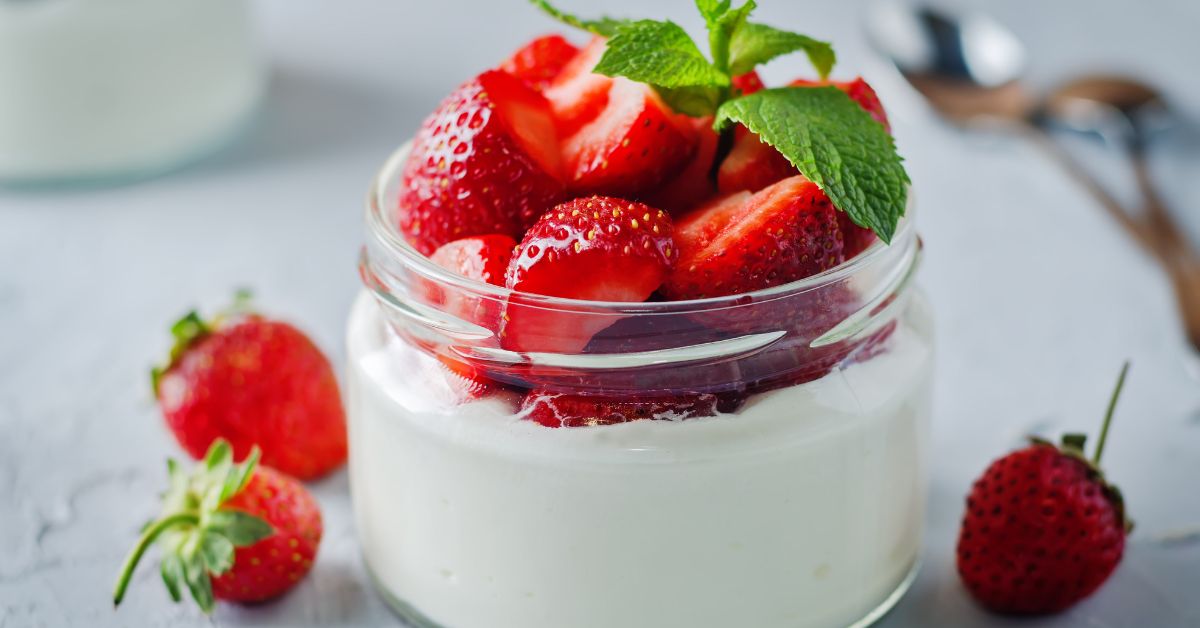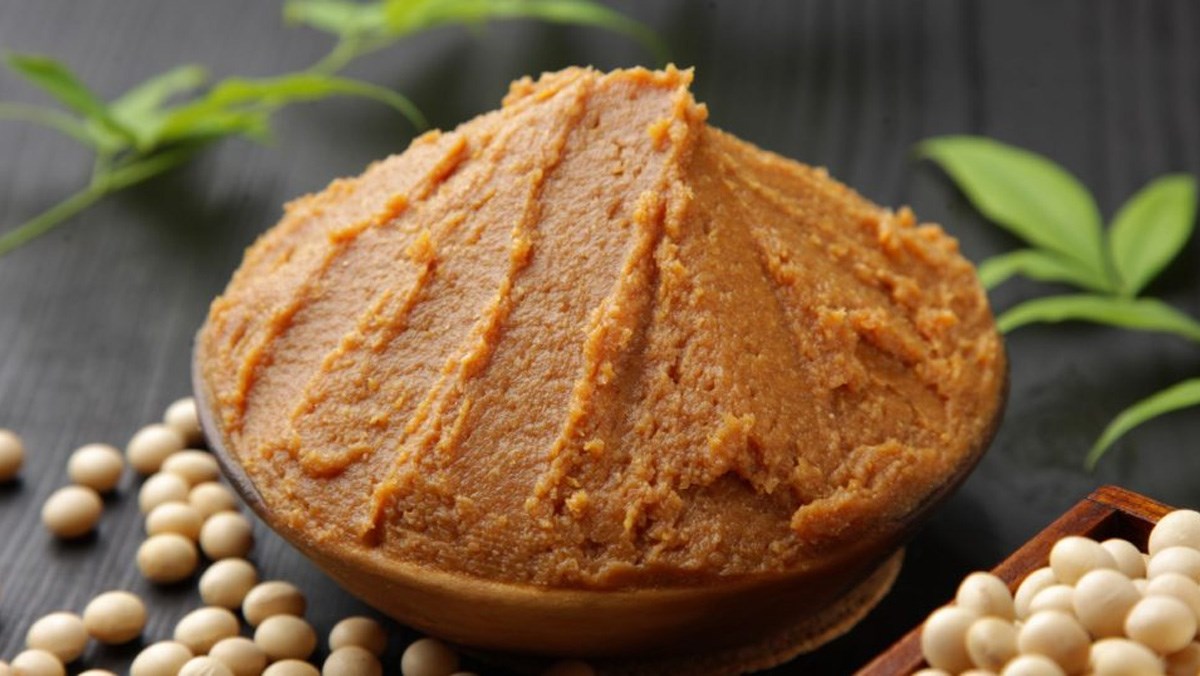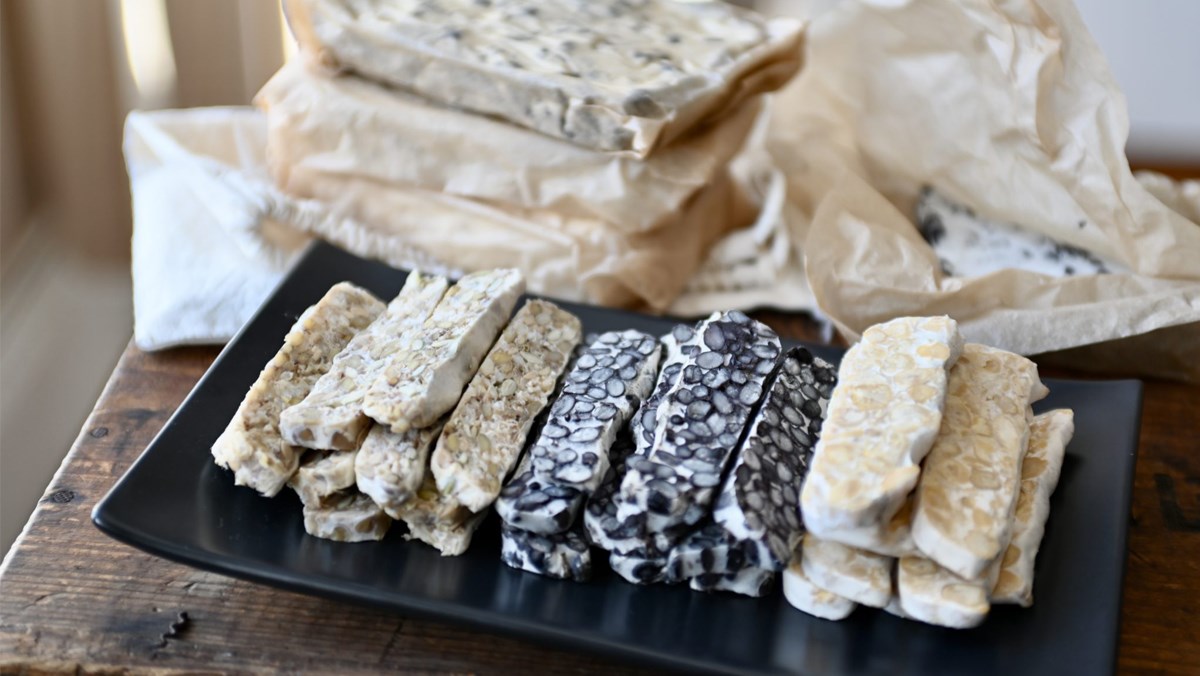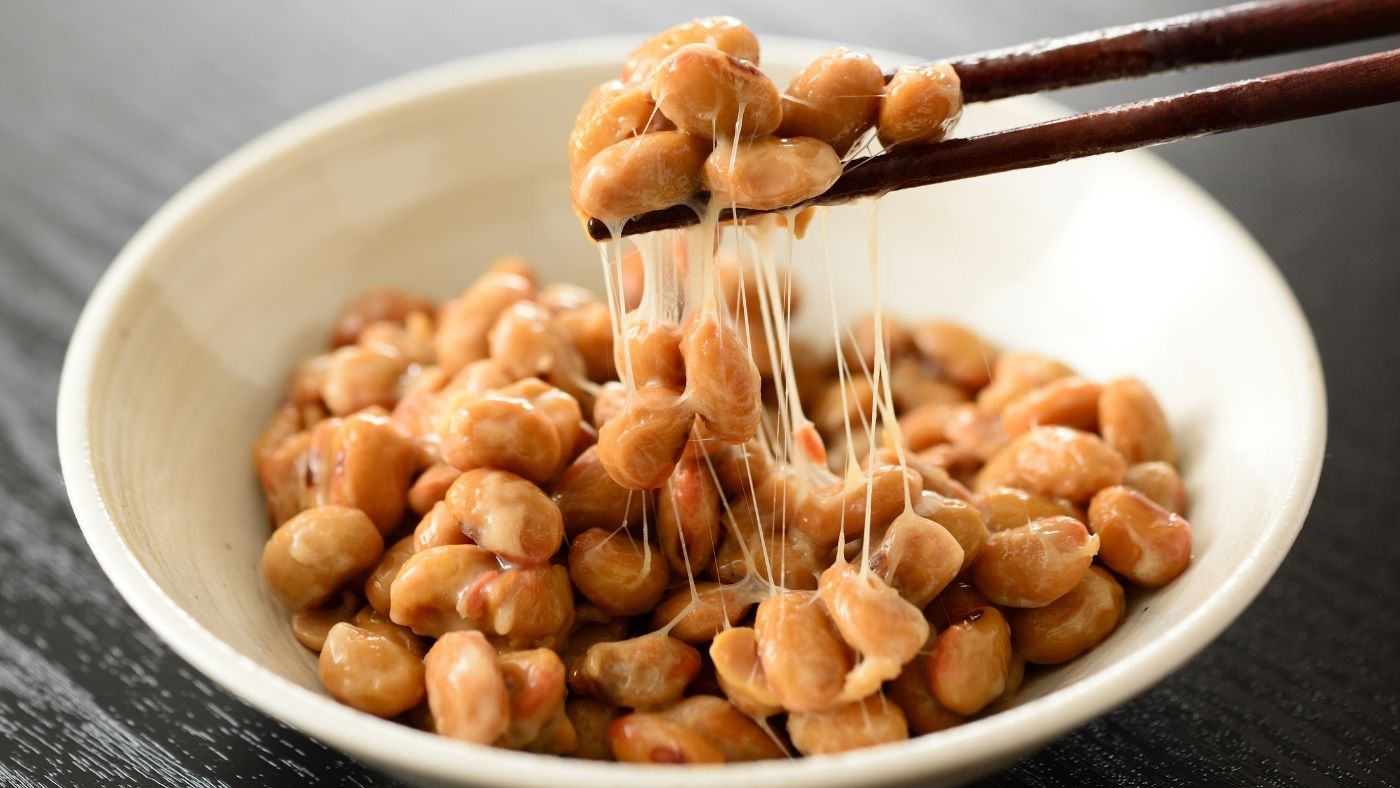Greetings, and welcome to this post on probiotic-rich foods for digestive health. Maintaining a healthy gut is crucial for overall health and wellness, and probiotics can play a key role in supporting digestive health. In this post, we will discuss ten probiotic-rich foods that you can add to your diet to improve gut flora and promote better digestion. These foods range from classic sources like yogurt to lesser-known options like natto and tempeh, and we will explore the benefits and uses of each. So, whether you're looking to incorporate more plant-based options or just want to try something new, there's something for everyone on this list. So, sit back, relax, and let's dive into the world of probiotic-rich foods.
1, Yogurt.
Yogurt is a popular and well-known source of probiotics. This fermented dairy product is made by introducing live bacteria cultures, such as Lactobacillus bulgaricus and Streptococcus thermophilus, to milk. As the bacteria ferment the milk, they produce lactic acid, which thickens the mixture and gives yogurt its characteristic tangy flavor.
The live cultures present in yogurt are what make it a great source of probiotics. These beneficial bacteria can help to improve the balance of gut microbiota, which can have a range of positive effects on digestion and overall health. For example, probiotics can help to reduce inflammation, boost the immune system, and promote regularity.
When choosing yogurt for its probiotic benefits, it's important to look for options that contain live and active cultures. Some brands may heat-treat the yogurt after fermentation, which can kill off the beneficial bacteria. Additionally, flavored yogurts may be high in added sugars, which can counteract the potential benefits of the probiotics. For the best results, consider choosing plain, unsweetened yogurt and adding your own fruit or honey for flavor.
2, Kefir.
Kefir is another fermented dairy product that contains a unique combination of bacteria and yeast cultures. While yogurt is made with just two types of bacteria, kefir can contain up to 60 different strains of microorganisms.
Kefir is made by combining milk with kefir grains, which are a combination of bacteria and yeast that form a symbiotic relationship. The grains ferment the milk, which creates a tangy, slightly effervescent drink that is similar in texture to thin yogurt.
Like yogurt, kefir is a good source of probiotics that can help to support digestive health. Additionally, kefir contains a range of other nutrients, including protein, calcium, and B vitamins. It can be enjoyed on its own or added to smoothies or other recipes for a probiotic boost.
When choosing kefir, it's important to look for options that are made with live cultures and contain minimal added sugars. Some varieties may also be made with non-dairy milks, such as coconut or almond milk, for those who are lactose intolerant or following a plant-based diet.
3, Kimchi.
Kimchi is a spicy and tangy Korean condiment that is made from fermented cabbage, along with a variety of other vegetables, spices, and seasonings. The fermentation process is what gives kimchi its distinct flavor and aroma, as well as its beneficial probiotic properties.
The fermentation of the cabbage and other ingredients in kimchi is typically achieved through a process of lactic acid fermentation. This process involves naturally occurring bacteria breaking down the sugars in the vegetables, which produces lactic acid and other beneficial compounds. These compounds can help to improve the balance of gut bacteria and support digestive health.
In addition to its probiotic benefits, kimchi is also a good source of vitamins A, C, and K, as well as fiber and antioxidants. It can be enjoyed as a condiment with rice, noodles, or other dishes, or used as a flavoring agent in soups and stews.
However, it's important to note that kimchi can be high in sodium and may not be suitable for those with certain dietary restrictions. If you're looking to incorporate kimchi into your diet, consider making your own at home to control the ingredients and sodium content.
4, Sauerkraut.
Sauerkraut is a popular dish made from fermented cabbage that is often used as a condiment or side dish in many cultures. The fermentation process is what gives sauerkraut its unique flavor and texture, as well as its probiotic benefits.
During fermentation, natural bacteria feed on the sugars in the cabbage, which produces lactic acid and other beneficial compounds. These compounds can help to improve the balance of gut bacteria, support immune function, and aid in digestion.
In addition to its probiotic benefits, sauerkraut is also a good source of fiber, vitamins C and K, and other important nutrients. It can be enjoyed on its own, as a side dish, or used as a topping for sandwiches, salads, and other dishes.
However, it's important to choose high-quality sauerkraut that is made from fresh, organic cabbage and does not contain any preservatives or other additives. You can also try making your own sauerkraut at home using a fermentation crock or mason jar, which allows you to control the ingredients and fermentation process.
5, Miso.
Miso is a traditional Japanese seasoning that is made from fermented soybeans, along with other grains such as barley, rice or wheat, salt, and a type of mold called koji. The mixture is left to ferment for a period of time, which can range from a few months to several years, depending on the desired flavor and consistency.
Miso is a versatile ingredient that can be used in a variety of dishes, including soups, marinades, dressings, and more. Its umami-rich flavor adds depth and complexity to any dish, while its probiotic properties provide a range of health benefits.
The fermentation process in miso encourages the growth of beneficial bacteria that can help to support digestive health and improve immune function. Miso is also a good source of protein, vitamins, and minerals, making it a nutrient-dense addition to any meal.
When choosing miso, it's important to look for varieties that are made with organic, non-GMO soybeans and do not contain any added preservatives or artificial ingredients. Miso paste can be stored in the refrigerator for several months and can be easily added to soups, marinades, and other dishes for a burst of flavor and probiotic goodness.
6, Kombucha.
Kombucha is a fizzy, fermented tea drink that is made from tea, sugar, and a symbiotic culture of bacteria and yeast (SCOBY). During the fermentation process, the SCOBY feeds on the sugar in the tea and produces a variety of beneficial compounds, including probiotics.
Kombucha is a great way to support gut health and improve digestion, as the probiotics in the drink help to balance the gut microbiome and support immune function. It's also a good source of antioxidants and other beneficial compounds, which can help to reduce inflammation and improve overall health.
In addition to its health benefits, kombucha comes in a variety of delicious flavors, ranging from fruity to floral to spicy. It can be enjoyed as a refreshing beverage on its own or used as a mixer in cocktails or mocktails.
However, it's important to note that kombucha can be high in sugar and should be consumed in moderation. It's also important to choose high-quality kombucha that is made from organic tea and does not contain any added preservatives or artificial ingredients. You can also try making your own kombucha at home using a SCOBY and a few simple ingredients.
7, Tempeh.
Tempeh is a popular plant-based protein source that is made from fermented soybeans, along with other grains such as barley or rice. The fermentation process involves a specific type of mold that binds the soybeans together into a firm, cake-like texture.
Tempeh is a nutrient-dense food that is high in protein, fiber, and a range of vitamins and minerals. It's also a great source of probiotics, as the fermentation process promotes the growth of beneficial bacteria that can help to support gut health and improve digestion.
Tempeh has a nutty, slightly earthy flavor that pairs well with a variety of seasonings and spices. It can be sliced, crumbled, or diced and used in a wide range of dishes, from stir-fries to salads to sandwiches.
When choosing tempeh, it's important to look for varieties that are made with organic, non-GMO soybeans and do not contain any added preservatives or artificial ingredients. You can also experiment with making your own tempeh at home using a starter culture and a few simple ingredients.
8, Pickles.
Pickles are a popular snack that are made by fermenting cucumbers or other vegetables in a brine solution of water, salt, and spices. During the fermentation process, lactic acid bacteria begin to proliferate, producing beneficial probiotics that can help to support digestive health and improve immune function.
Pickles are a good source of vitamins and minerals, including vitamin K and potassium, and can be a tasty addition to salads, sandwiches, and other dishes. They come in a variety of flavors and can be made with a range of vegetables, including beets, carrots, and cabbage.
When choosing pickles, it's important to look for varieties that are made using a traditional fermentation process and do not contain any added preservatives or artificial ingredients. You can also try making your own pickles at home using a few simple ingredients and a mason jar.
9, Natto.
Natto is a traditional Japanese dish made from fermented soybeans that is known for its distinctive flavor and texture. It's rich in nutrients, including protein, fiber, and a range of vitamins and minerals, including vitamin K2.
The fermentation process involved in making natto involves the use of a specific type of bacteria that promotes the growth of beneficial probiotics, which can help to support gut health and improve digestion. Natto is also a good source of antioxidants and other beneficial compounds that can help to reduce inflammation and improve overall health.
Natto has a strong flavor and a sticky texture that is not for everyone, but it is often enjoyed as a breakfast food in Japan, served with rice and a variety of toppings. It can also be used as a flavoring agent in soups, stews, and other dishes.
When choosing natto, it's important to look for varieties that are made using organic, non-GMO soybeans and do not contain any added preservatives or artificial ingredients. You can also try making your own natto at home using a starter culture and a few simple ingredients.
10, Buttermilk.
Buttermilk is a tangy, cultured dairy product that is made by adding lactic acid bacteria to milk, which ferments the lactose and produces a tangy, sour flavor. It is often used in baking to add flavor and moisture to recipes, and can also be enjoyed as a drink or added to smoothies for a probiotic boost.
Buttermilk is a good source of probiotics, which can help to support gut health and improve digestion. It's also rich in calcium, potassium, and other nutrients that are important for overall health.
When choosing buttermilk, it's important to look for varieties that are made using traditional fermentation methods and do not contain any added sugars or artificial ingredients. You can also make your own buttermilk at home by adding a tablespoon of vinegar or lemon juice to a cup of milk and letting it sit for a few minutes until it thickens and becomes tangy.





.jpg)



:max_bytes(150000):strip_icc()/turkish-drink-ayran-or-kefir---buttermilk-made-with-yogurt--1136164558-0e05d36a301946ddb8373b7020f97999.jpg)
Comments
Post a Comment